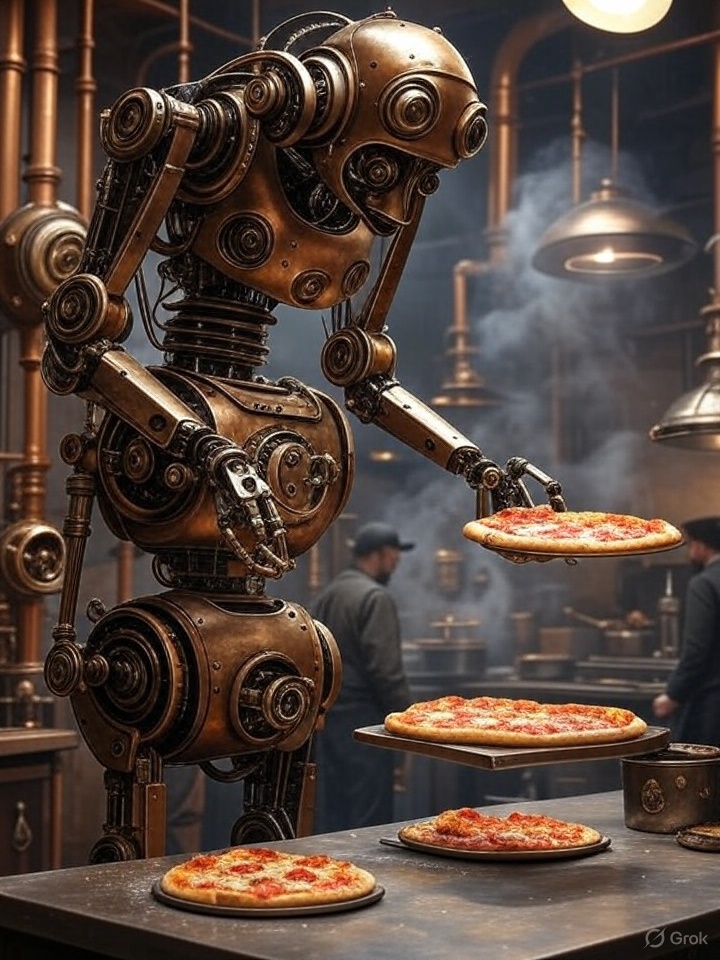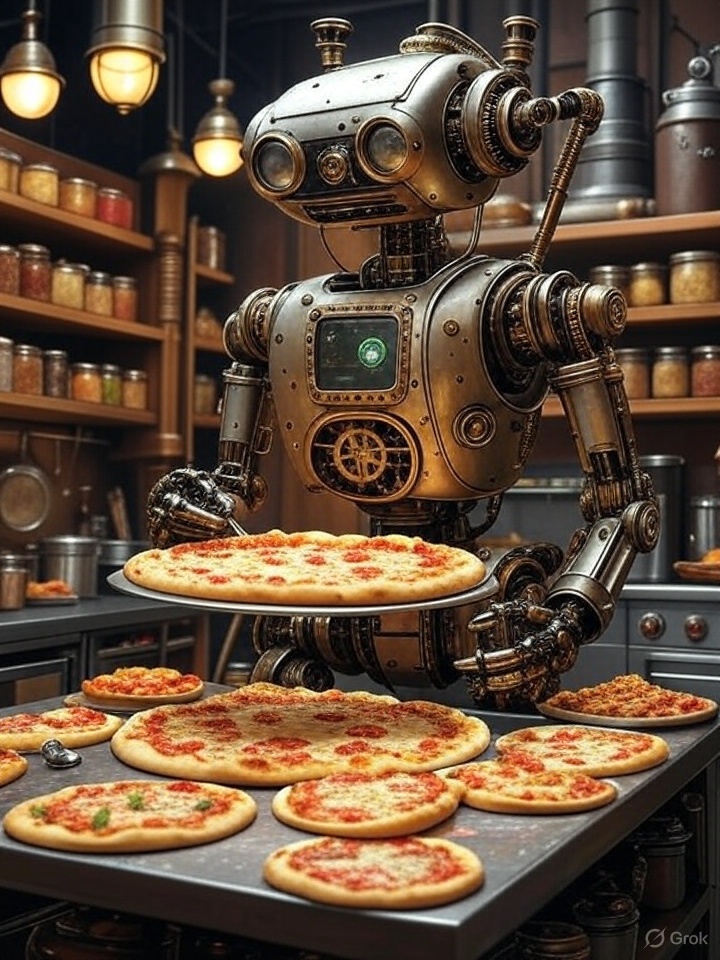San Francisco-based company XRobotics is making waves in the food industry with its innovative desktop robot, the xPizza Cube, which automates pizza preparation using machine learning for precise ingredient application.
 The compact device, roughly the size of a stackable washing machine, can produce up to 100 pizzas per hour and is available for lease at $1,300 per month.
The compact device, roughly the size of a stackable washing machine, can produce up to 100 pizzas per hour and is available for lease at $1,300 per month.
The xPizza Cube is designed to streamline the pizza-making process, addressing labor-intensive tasks that traditionally burden restaurant staff. By leveraging advanced machine learning, the robot ensures consistent application of sauce, cheese, and toppings, reducing the need for human intervention. This efficiency has already led to the production of 25,000 pizzas per month across various locations, showcasing its potential to revolutionize pizzerias.
XRobotics aims to support pizza restaurants by alleviating the pressure of repetitive work and addressing labor shortages. While the company markets the robot as a tool to enhance efficiency rather than replace workers entirely, its focus on automation raises questions about the future role of human employees in the industry. The technology’s ability to handle high volumes with minimal oversight could shift traditional kitchen dynamics.
To fuel its growth, XRobotics recently secured $2.5 million in funding, which will be used to scale production of the xPizza Cube. The company also plans to expand its operations into Canada and Mexico, targeting a broader market of pizza chains and independent shops. This move reflects growing interest in robotic solutions for the food service sector, where labor costs and efficiency remain key challenges.
Also read:
- Learn Languages Fast and Skip the Dull Textbooks: Google Unveils Little Language Lessons AI Tool
- China Launches Trial of Robots for Elderly Care
- Disney and Comcast Seal Hulu’s Fate: The Streaming Service Becomes Mickey’s by July’s End
As XRobotics pushes forward, the xPizza Cube stands out as a practical step toward automation, balancing innovation with the realities of restaurant operations. Whether it will fully transform the pizza industry or serve as a complementary tool remains to be seen, but its early success suggests a tasty future ahead.






